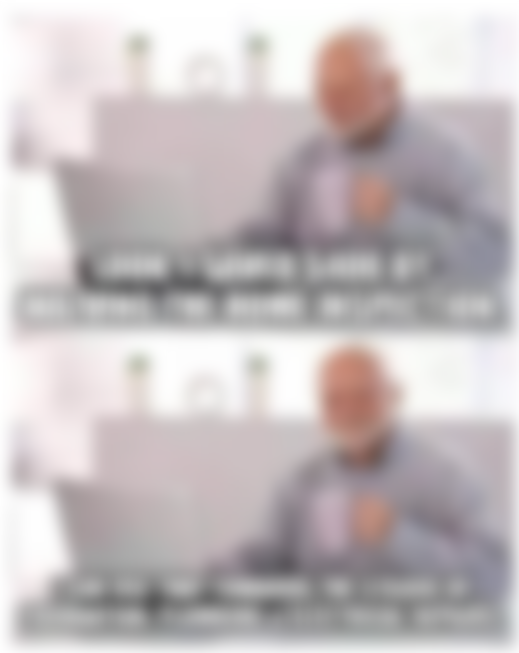The Truth About Home Inspections: What Your Report Might Be Missing
Buying a home is a significant investment, and a home inspection is an essential step in the process. However, it's important to understand that a home inspection report is not a comprehensive list of every flaw in the house. There are limitations to what an inspector can check, such as inaccessible or hazardous areas. Additionally, items like pools, hot tubs, and burglar alarms may not be evaluated unless the inspector has specialized training. As a homebuyer, it's crucial to be aware of these limitations and take a proactive approach to ensure the safety of your future home. In this article, we will explore the areas that a home inspection may not cover and provide tips on addressing potential safety concerns.
Don't fall into a false sense of security thinking a home inspection report is complete. You may be surprised that these inspections won't reveal all the flaws a house can have. When your agent hands you the inspection report, you'll quickly notice it doesn't show particular areas or items if the home inspector could not get entrance or purposely kept out of the report.

Don't be surprised if this should happen-it's not that the inspector isn't doing his job. Expecting a report to be complete is unrealistic because the inspector can't check past walls, below carpeting, or dig way beneath the ground. Plus, what buyer expects an inspector to swim underwater to inspect the pool or hot tub? Unfortunately, an average home has almost 60,000 bits and pieces, so it's nearly impossible for an inspector to check each item. An inspector can only realistically check major operating parts such as an electric panel box or an entry door.
One limiting factor is that an inspector will only detail what they can inspect without risking their safety in his report. They aren't going to check out areas where there may be a hazard to their life. You may find one property's crawl space to have unrestricted access while another property's crawl space may be restricted and full of mold.
Additional restrictions can occur when a deceptive seller intentionally erects a barrier of boxes or furnishings to block access to a room or portion of the house. If this should happen, ask your agent to contact the seller and request the barricade be removed. If the seller doesn't cooperate the first time, make a second request insisting the seller clear the area for a second inspection at the seller's expense.

If the home you're interested in has a pool, hot tub, sauna, play set, burglar alarm, break wall, or boat dock, the inspector won't critique these items. The only circumstances where an inspector will evaluate a particular item is if they have expert training in that area and decide to include their findings in the report. If your home has special or unique items, you probably want an inspector with experience in those areas.
Lastly, each home has a unique set up of appliances, water heaters, furnaces, and other equipment-some which may have potential recalls due to safety hazards. If you get an experienced real estate agent, they will be aware of these recalls and include them on your report. Suppose you have concerns about the safety of an item. In that case, you can take a proactive approach by noting the brand, manufacturer, model, and serial number and researching any safety issues. Doing this lets you make an informed decision when purchasing a home.
Thank you for reading, and I hope you have a good rest of the day!
Follow me on these other platforms where I also post my content: Publish0x || Hive || Steem || Read.Cash || Noise.App || Twitter || Torum

